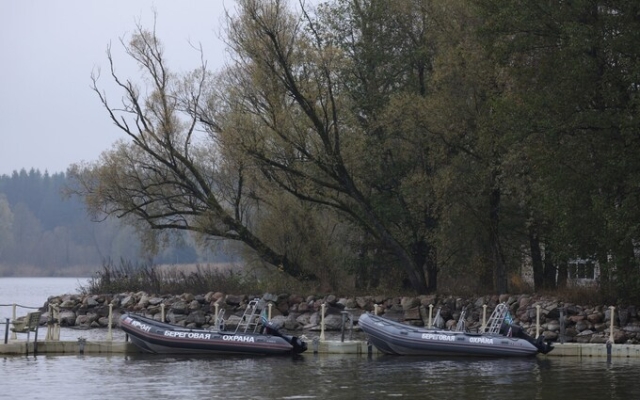 Rubber boats of Russian border guards are moored at Lake Vistitis on the Russian side of the border between the Russian semi-exclave Kaliningrad and Lithuania Photo: SEAN GALLUP/GETTY/GETTY IM AGES < p>Suwalki Gap is a quiet stretch of rolling fields, forests and lakes on the edge of NATO's easternmost border.
Rubber boats of Russian border guards are moored at Lake Vistitis on the Russian side of the border between the Russian semi-exclave Kaliningrad and Lithuania Photo: SEAN GALLUP/GETTY/GETTY IM AGES < p>Suwalki Gap is a quiet stretch of rolling fields, forests and lakes on the edge of NATO's easternmost border.
It stretches 60 miles along the border. between Poland and Lithuania, connecting Belarus and the Russian military enclave of Kaliningrad.
Although little known in the wider world today, NATO generals fear that, according to the exercise scenario prepared by the German army, this is where a full-scale conflict with Moscow could begin .
If Vladimir Putin moved his troops from Belarus across the chasm into Kaliningrad in a surprise attack, he could cut off Estonia, Latvia and Lithuania from their allies in Central and Western Europe.
This move would cut supply lines and put the end of any immediate hope of reinforcements for their comparatively small armies.
Because of this threat, the corridor became known to Western military strategists as NATO's «Achilles heel» or, simply put, the most dangerous place in the world.
Although Russia has suffered heavy losses in Ukraine and the war there still rages, Europe has been warned to prepare for the Kremlin's return as a major military threat on the alliance's eastern flank.
Yesterday, German Defense Minister Boris Pistorius said Putin could declare war on NATO in “five to eight years.”
His warning came a day after Adm. Rob Bauer, chairman of the alliance's military committee, said civilians must be prepared for war with Russia within 20 years.
But behind the public warnings lie a range of detailed military plans. they were outlined to prepare Western militaries for what might come.
Defense Alliance 2025, a German army document, considers several ways to start a war with Russia, including capturing the Suwalki Gap.
The Suwalki scenario, designed to help prepare for large-scale military exercises, sees Moscow mobilizing another 200,000 troops for a spring offensive in Ukraine this February.
By June, Russian troops are making significant progress, with while Kiev is hampered by weak Western support and interest in its military efforts.
As Ukraine and the West retreat, Putin is trying to capitalize on his gains by launching a series of cyber attacks on Estonia and Latvia. and Lithuania, while raising tensions among ethnic Russian minorities still living in the Baltic states.
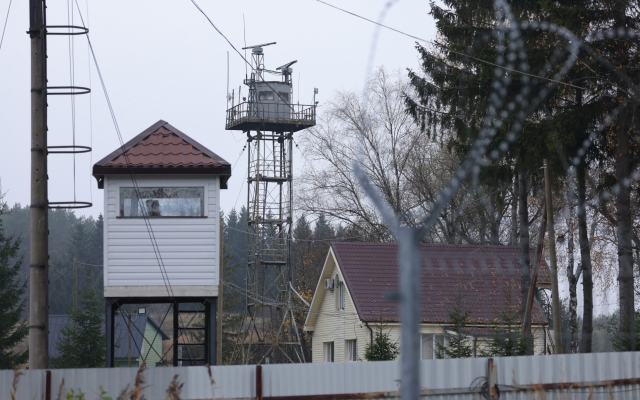 Observation towers stand behind barbed wire on the Russian side of the border between the Russian semi-exclave of Kaliningrad and Lithuania. Photo: SEAN GALLUP/GETTY/GETTY IMAGES EUROPE
Observation towers stand behind barbed wire on the Russian side of the border between the Russian semi-exclave of Kaliningrad and Lithuania. Photo: SEAN GALLUP/GETTY/GETTY IMAGES EUROPE
Kaia Kallas, the prime minister of Estonia, this week became the first NATO leader to say that Russia was behind widespread GPS navigation failures in the southern Baltic Sea.< /p>
According to the German scenario, Moscow's hybrid strikes against the Baltic states would trigger clashes that Putin could use as a pretext for large-scale maneuvers in western Russia and Belarus from September.
An estimated 50,000 troops would be deployed. learned how to wage war against NATO, including the seizure of Estonia, Latvia and Lithuania — and possibly the bombing of Western Europe.
The exercise will likely mirror one conducted last year by the Russian military in Belarus, which Estonian military intelligence chief Kaupo Rozin said demonstrated that Moscow “still has enough strength to exert credible military pressure in our region.”< /p>
A month after the start of the maneuvers, the Kremlin announced that Kaliningrad was under immediate threat of attack by NATO, sending medium-range missiles and additional troops to the exclave.
All troop movements are aimed at putting an end to the maneuvers. gradual compression of the Suwalki Gorge, which will now be located between two large concentrations of Russian troops.
According to German plans, it will gradually develop into an “artificially provoked border conflict”, and “unrest with numerous casualties” will further escalate tensions in this area.
The Bundeswehr — Germany's armed forces — expects NATO diplomatic efforts to take effect by December, shortly after the US presidential election, when Joe Biden's defeat will leave Washington rudderless.
 The fence and sign on the Lithuanian border (left) faces the Russian border sign and fence along the border with the Russian semi-exclave of Kaliningrad. Photo: SEAN GALLUP/GETTY/GETTY IMAGES
The fence and sign on the Lithuanian border (left) faces the Russian border sign and fence along the border with the Russian semi-exclave of Kaliningrad. Photo: SEAN GALLUP/GETTY/GETTY IMAGES
A special meeting of NATO leaders will take place in January. In 2025, 30,000 German soldiers will be sent to the Suwalki Gorge area as a deterrent.
Moscow will use the corresponding extraordinary meeting of the UN Security Council to accuse the West of preparing an attack on Russian soil.
But by now the Kremlin will have two armored divisions, a motorized rifle division and a division headquarters stationed in Belarus — a total of about 70,000 military personnel.
This will happen no earlier than May 2025, according to the German scenario, which suggests that NATO seeks to activate its “credible deterrence measures” to prevent an attack on the Suwalki Gap from the directions of Belarus and Kaliningrad.
The deployment of 300,000 troops will be sent on the alliance's eastern flanks, where countries such as Poland and Estonia are warning of a heightened level of threat from Russia.
If Russian troops invade the Suwalki Gap before NATO troops arrive, analysts say it is unlikely that Moscow will participate in a long ground war with the alliance.
“Russian doctrine suggests that Russia will try to bully NATO into submission by signaling its ability to strike harder and harder. the scale of the damage,” said Fabian Hoffmann, a researcher at the Oslo Nuclear Project.
Although NATO Article 5 requires members to collectively respond to an attack on any part of NATO territory, it does not require military retaliation.
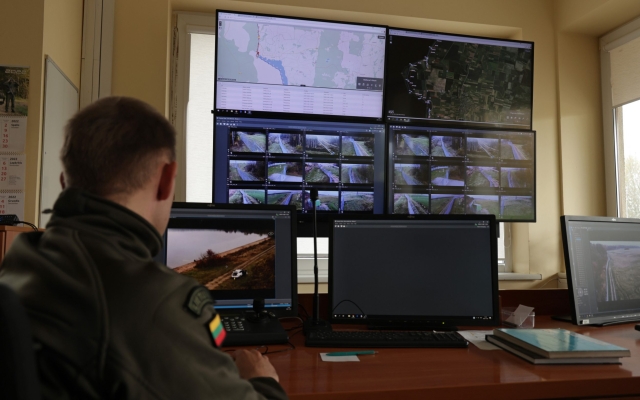 A Lithuanian border guard monitors video feeds from cameras located along the border with the Russian semi-exclave of Kaliningrad in Vistitis, Lithuania. Photo: SEAN GALLUP/GETTY/GETTY IMAGES EUROPE
A Lithuanian border guard monitors video feeds from cameras located along the border with the Russian semi-exclave of Kaliningrad in Vistitis, Lithuania. Photo: SEAN GALLUP/GETTY/GETTY IMAGES EUROPE
The capture of the Suwalki Gap will set off heated political discussions about whether to strike Russian troops entering the territory.
Failure to respond adequately will effectively undermine trust to Article 5 and will end NATO's reputation. as a defensive alliance.
Some Western European leaders and the US led by Donald Trump may feel that the threat of war with nuclear-armed Russia is not worth the risk.
Meanwhile, Putin could up the ante by targeting civilian infrastructure in Europe to show that he will not back down, Mr. Hoffman said.
“The message to NATO governments: don’t come to the support of your Eastern European allies unless you want your people to suffer.”
At the same time, Moscow is likely to extend its nuclear umbrella to any area of alliance territory that it captured in the initial ground strike.
Russia's nuclear doctrine allows for the use of weapons of mass destruction if the country faces a threat to its existence.
This is specifically intended to test US resolve, as any attempt to retake NATO territory would be met with possible nuclear escalation.
Domestic Issues
“We talk about alliances, but who knows what the US course will be in the near future. and their priorities,” said Justin Crump, chief executive of strategic intelligence firm Sibylline.
“They are far from certain allies, given domestic issues and an “America First” ethos.
But he warned: «What this all suggests is that Russia hasn't dared to strike a blow to NATO's resolve and is now essentially screwed, so it can't afford to really rattle our cage and cause reprisals — in fact, it's strategically counterproductive.»
Any initial Russian invasion of the Baltics would be met with a tripwire designed to slow the advance while reinforcements are deployed.
Britain has troops and Challenger 2 tanks in Estonia to take part in any initial defense of the region .
The soft-defense skirmishes, in which each side tries to hold its ground while launching reconnaissance attacks, will continue until NATO can muster a force strong enough to defeat the Russians.
NATO commanders would be confident of facing a Russian army that Western officials estimate has lost 300,000 troops killed or wounded since it invaded Ukraine nearly two years ago.
But Russian military analyst Pavel Felgenhauer said: “It’s like predicting the result of a football match: yes, basically, Brazil should beat America in football, but I saw the Americans beat Brazil in South Africa.”
“You never know the result until the game is played.”



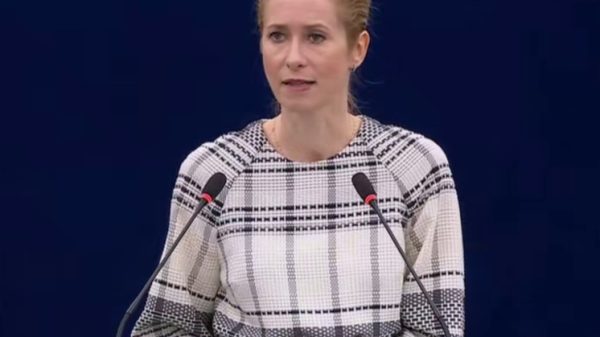
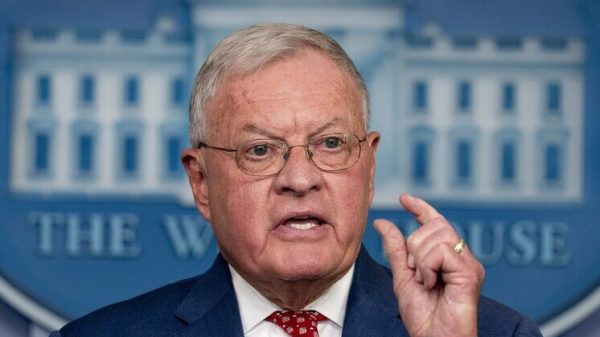


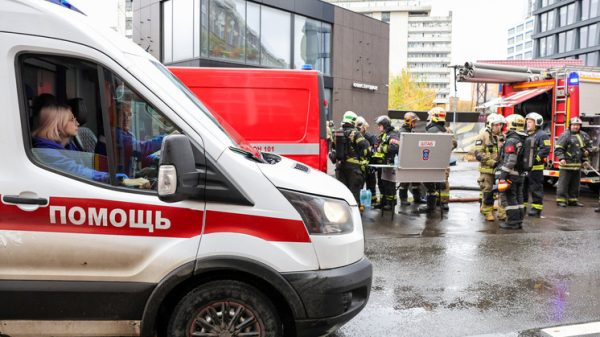
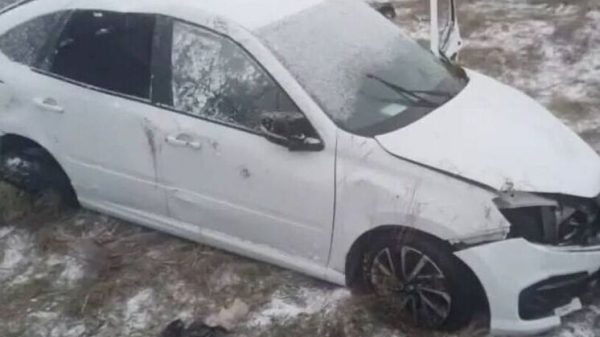
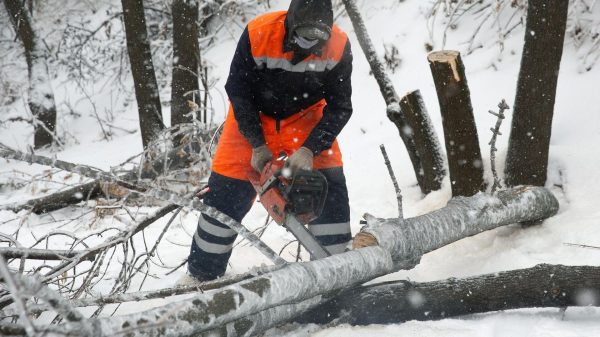
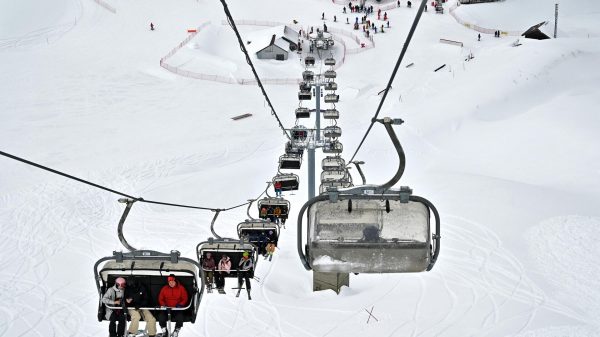
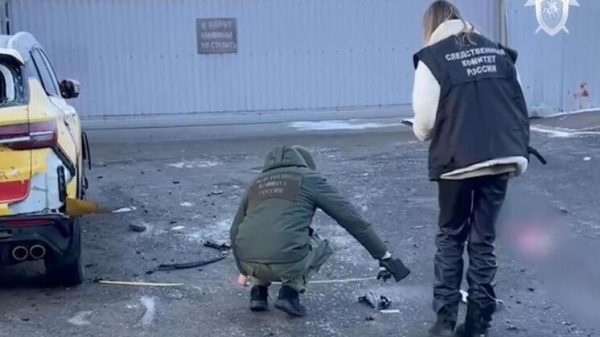



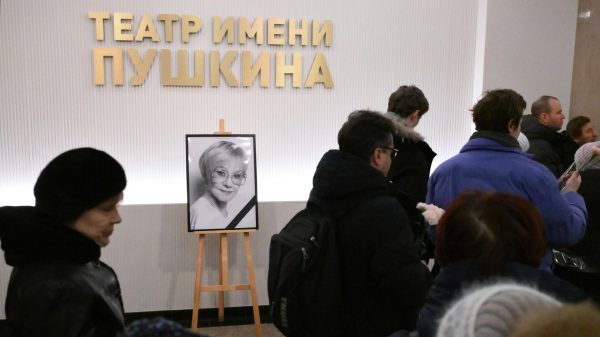

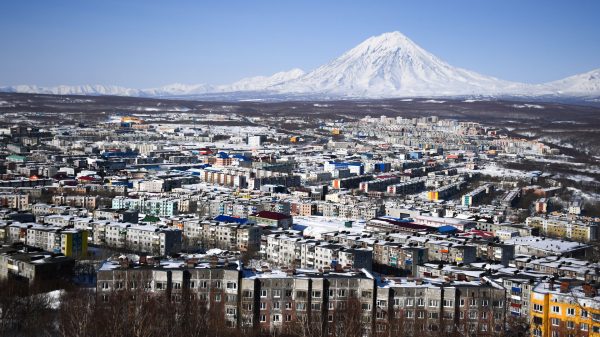
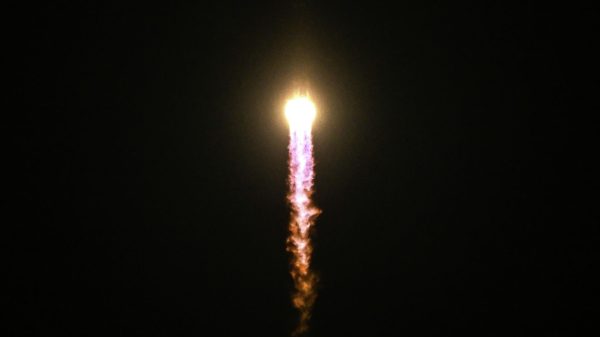

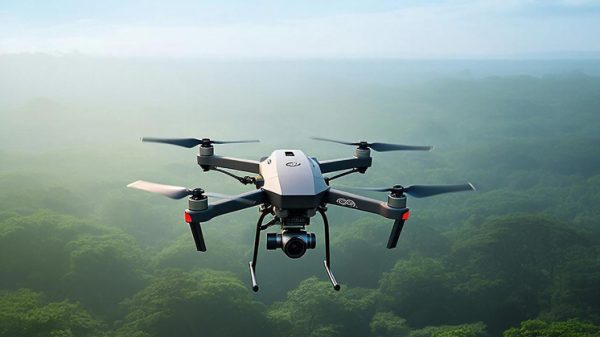









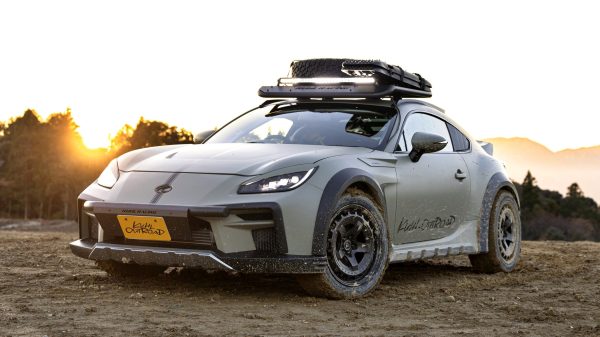



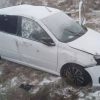

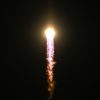
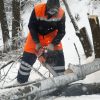
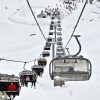















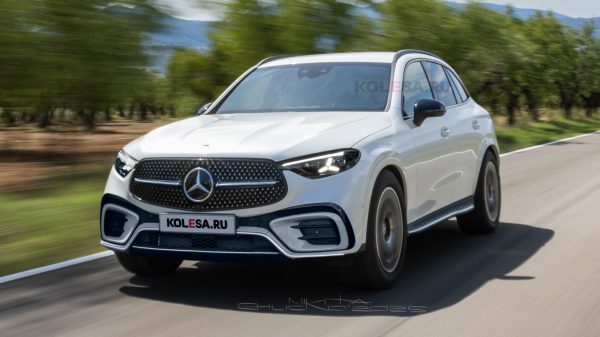
Свежие комментарии